
Soil quality
When determining the agrotechnical quality of the soil, a pit-hole with a depth of up to 1 m is dug in the mother earth. On one side of it, 3-4 steps are made, and the opposite wall is made vertical. On it:
- determine the depth of the upper fertile layer;
- uniformity or heterogeneity of the soil layer lying below the fertile one;
- determine the mechanical properties of the soil;
- determine the water acidity of the soil using a portable pH meter or a litmus test;
- determine the moisture capacity of the soil and the level of ground and upper waters.
Changing soil properties
If necessary, the properties of the mother soil can be improved. However, most often it is not necessary to refine the entire volume. For trees and shrubs, the prepared substrate is filled into the pits. Under lawns, flower beds, mixborders on the mother soil, from which the turf was previously removed, it is enough to put a layer of a fertile substrate with a thickness of 10-40 cm.
- If the fertile substrate is prepared from the mother soil, the structure is corrected with sand, peat, or alumina (on super-light soils).
- The acidity is corrected with lime or peat. The application rates are calculated in each specific case.
- Fertility is corrected by adding compost or chernozems.
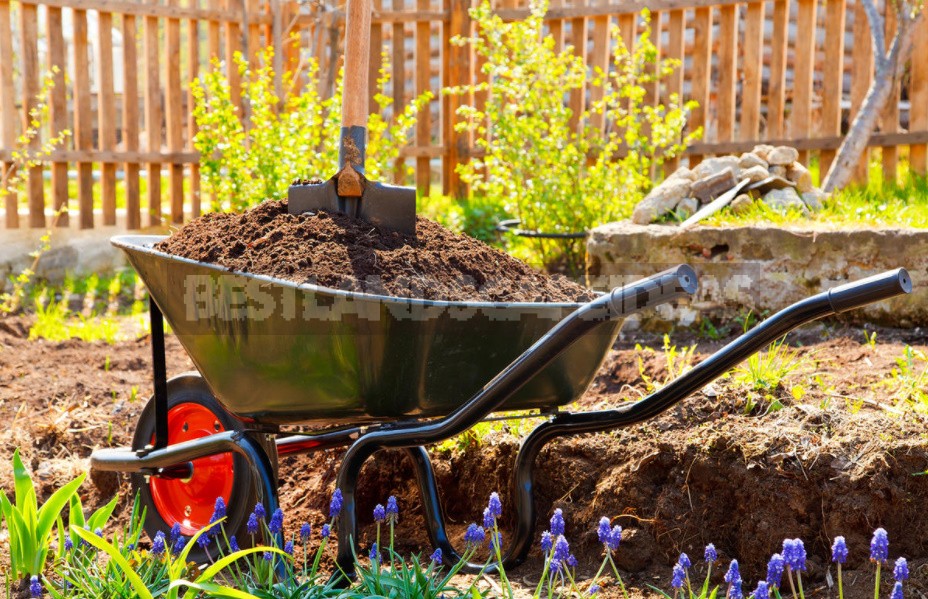
Peat improves the structure of the soil, corrects its acidity, but it practically does not affect fertility, since humic acids are washed out of it already by the first meltwater or heavy heavy rains.
For most plants, the “universal” substrate is medium-acid (pH-water=5.5…6.5), medium-heavy, with a sufficient proportion of organic and mineral nutrients. If the plants have special requirements, the” universal ” substrate is adjusted accordingly. For example, firs and pines prefer a light substrate — when planting them, they increase the proportion of sand; firs and thuja like moist soils — they increase the proportion of clay and peat, while correcting the acidity.
Macronutrients
These are nitrogen, phosphorus, and potassium. Nitrogen (N) causes cell growth, phosphorus (P) promotes flowering and fruiting, potassium (K) helps plants fight diseases. But for plants, it is important not only the presence of macronutrients, but also their proportions. Their identical ratio NPK = 1:1:1 is universal.
- With increased growth processes, plants consume more nitrogen, so its share should be increased-1.5-2:1:1.
- By the time of flowering, the need for phosphorus increases, so its share should be increased-1:2:1.
- In autumn, it is recommended to increase the proportion of potassium in order for the plants to successfully survive the wintering — 1:1:2-3.
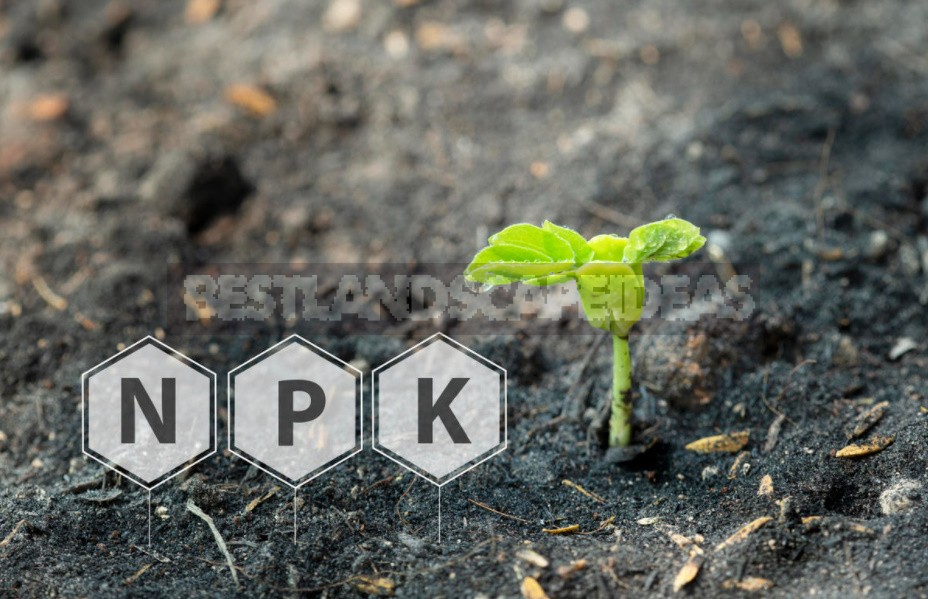
During a prolonged warm autumn, a reasonably high proportion of potassium introduced into the soil in the form of potash fertilizers or furnace ash contributes to the aging and lignification of shoots, the removal of juices from them, inhibits growth processes in the kidneys.
When increasing soil fertility by introducing macronutrients in any form (mineral or organic fertilizers), it should be borne in mind that soil nitrogen tends to evaporate, soil potassium — to be washed out. Only phosphorus remains at the roots. Therefore, if there is an increased amount of phosphorus in the garden land, it is “ennobled” with nitrogen and potassium.
Trace elements
These include substances such as sulfur, iron, silicon, calcium, magnesium, lithium, boron, molybdenum, cobalt and others (up to 30-50 different components).
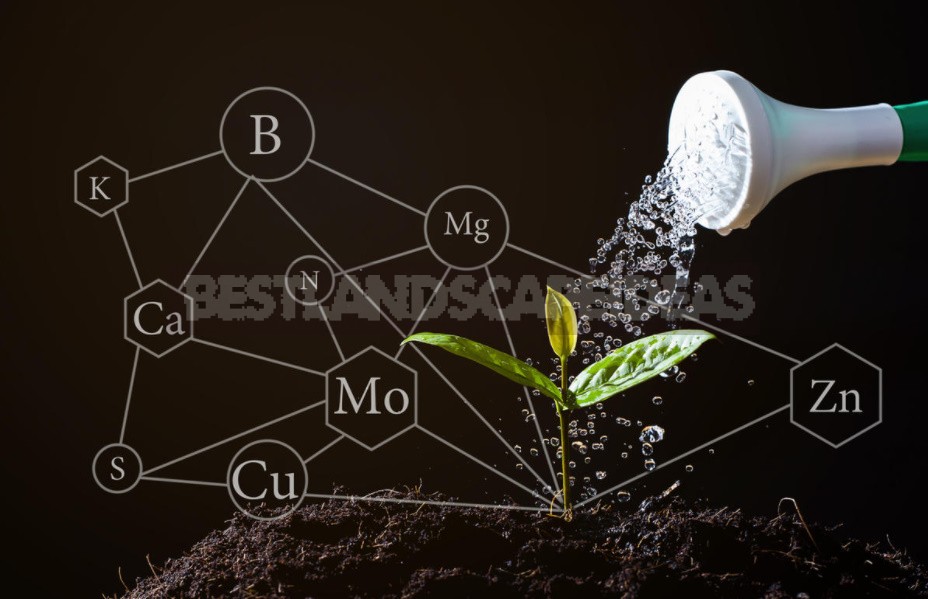
They are applied by spraying on a leaf or as a root dressing for preventive purposes 1 time a month, or for certain diseases caused by a lack of a specific trace element. For example, a lack of chlorine causes leaf spotting and twisting of shoots.

It (chlorine) is already introduced as a drug in higher doses.
Weeds
Usually an uncultivated plot is occupied by wild vegetation, which is weed in the understanding of land managers. The task of removing weeds arises. This can be done both mechanically, when digging or plowing, and when using herbicides.
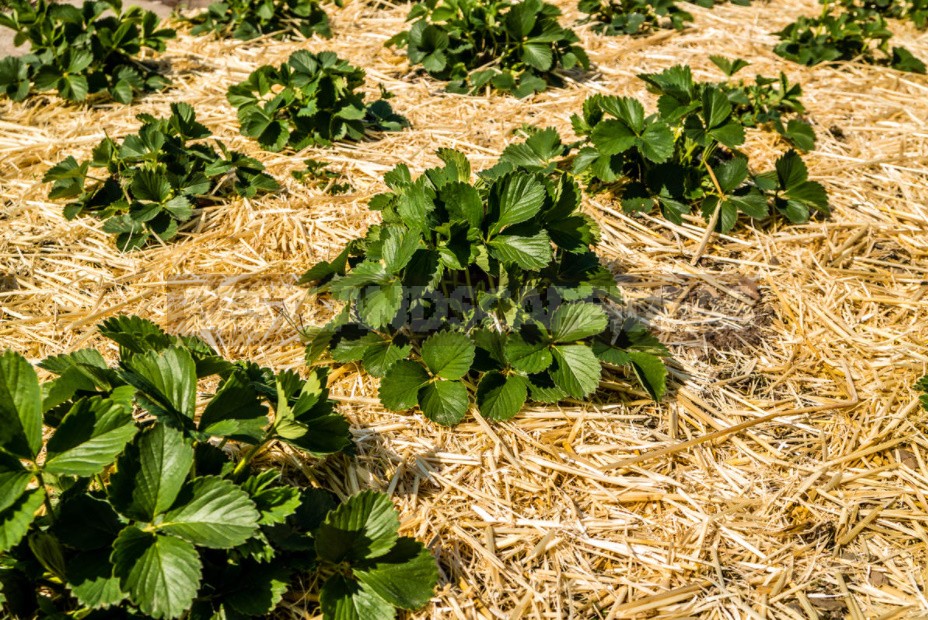
The re-emergence of weeds is prevented by mulching, creating a dense lawn turf, or covering the soil with geotextile-non-woven material (spanboard, lutrasil, agrospam, etc.).
Soil treatment
The digging of the soil, which contributes to the loosening of the upper fertile layer, should not affect the underlying poor layers. However, when applying peat or compost to the soil, the soil should be dug to the depth of the bayonet of the shovel, carefully breaking up the clods of earth and leveling the top layer with a garden rake.
To reduce the evaporation of water from the soil, the top layer is loosened or mulched. As an organic fertilizer, you can use siderate plants when the mown plants are not removed, but are shallowly embedded in the soil, or left to lie on the surface as a kind of mulching material.
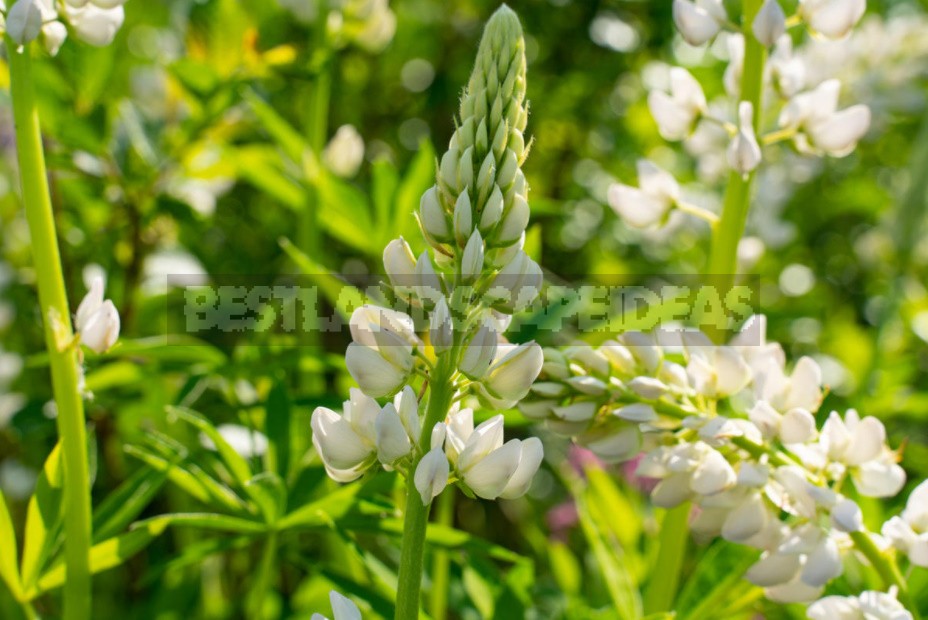
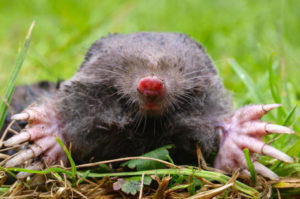


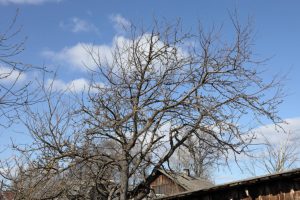
Leave a Reply